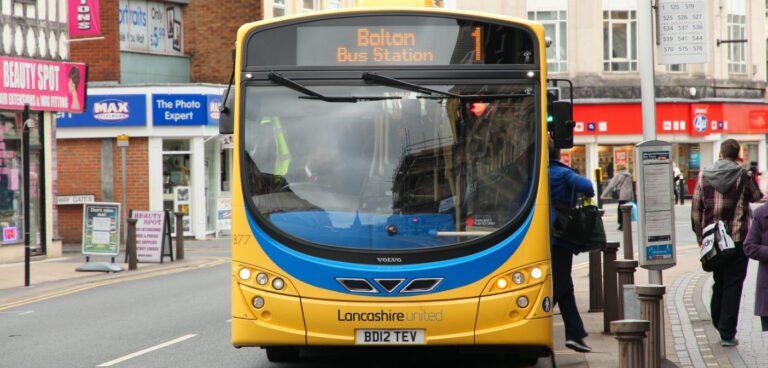Alchera Data Technologies, Lancashire County Council and Atkins have announced the completion of a trial of Alchera’s Pinch Point Analysis Tool (PPAT) across 59 junctions of East Lancashire.
The tool is a software-based machine-learning application designed to identify and help lessen the impact of bus pinch points on the network, making buses faster and more reliable.
This is scheduled to migrate into a full rollout later in the year across all of Lancashire’s junctions on existing bus routes.
Lancashire County Council has been working with local bus operators to develop plans on how to improve bus services across the county following the UK government’s launch of the national bus strategy, ‘Bus Back Better’ in March 2021, which aims is to create more frequent, reliable and affordable services that are easier for passengers to understand and use.
Martin Porter, principal engineer, network management at Lancashire County Council, said: “Improving the performance of the bus network is a top priority.
“We know there are issues at some junctions across the network but we need evidence – objective data – to back up our assumptions so we can secure the government funding we need to make improvements.
“We also need to be able to measure the interventions to see how well they are working and avoid similar issues in the future.”
Alchera’s PPAT fuses data from several sources including the Bus Open Data System (BODS) and existing transport sensors to analyse the impact each junction has on the average speed of buses on individual routes as well as the observed impact on the consistency of the bus schedules moving through intersections.
The analysed data can then be used for various useful tasks such as identifying high-priority junctions that need interventions, enabling data-driven decisions and providing objective data to support applications for road improvement funding.
Furthermore, in addition to looking at delays and consistency across the network, PPAT can, by using standard UK government values and assumptions, estimate the economic impact inefficient junctions have on the wider community as well as the environmental impact from increased emissions while idling at signals.





